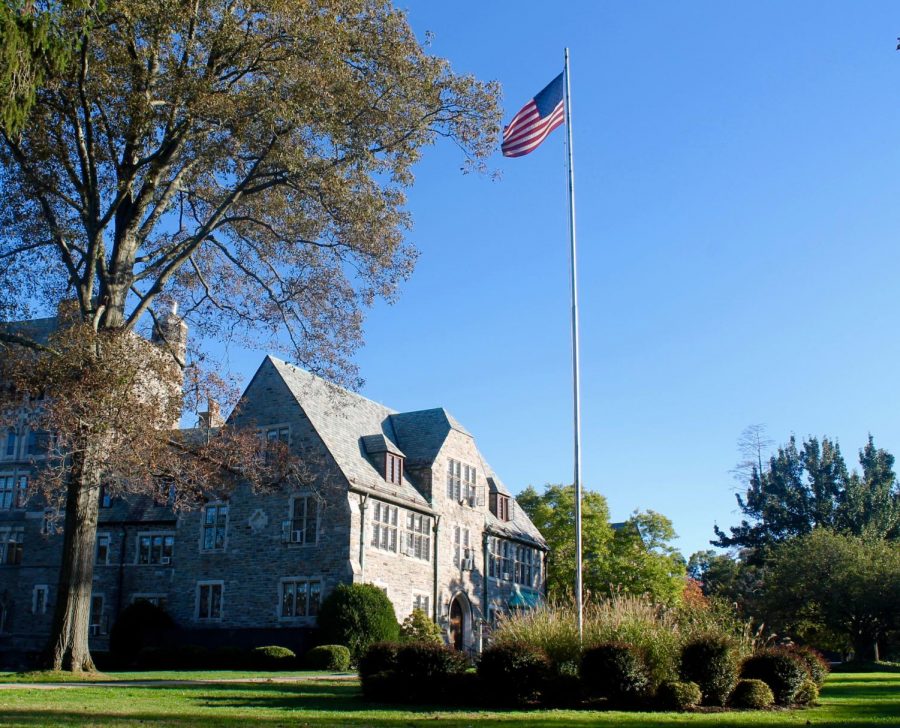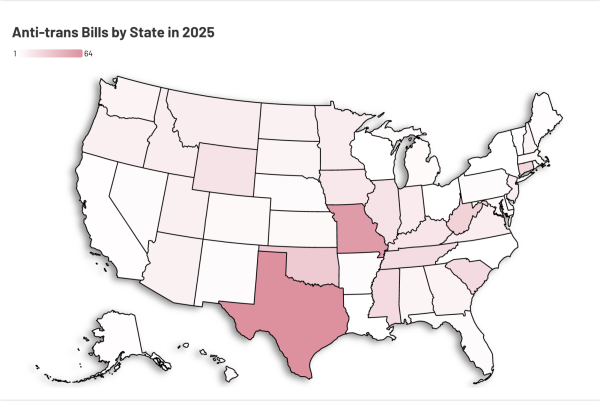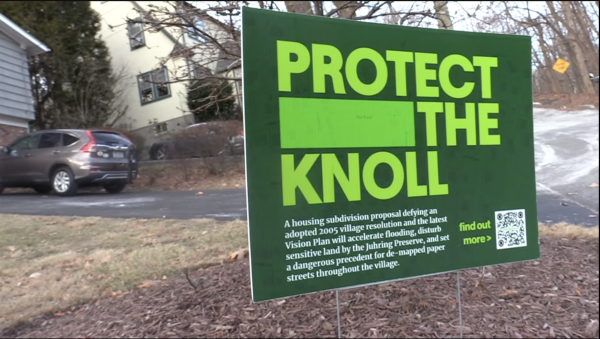For which we stand, bring back the pledge
The American flag flies high outside Masters Hall on a cloudy September afternoon. The Buildings and Grounds Department is responsible for the maintenance of all flags flown on campus.
“I pledge allegiance to the Flag of the United States of America, and to the Republic for which it stands, one Nation under God, indivisible, with liberty and justice for all.”
Each morning in elementary school, with hands over hearts, my fellow classmates and I recited these 31 words with strength and certainty. Although I did not yet understand their meaning, these words provided a sense of unity that seemed unexplored, yet somewhat identifiable. However, as more schools have eliminated the recitation of the Pledge of Allegiance, the overall sense of patriotism and unity has since been forgotten, a dilemma not only present in schools, but in the country as a whole. While this predicament cannot be solved overnight, this lack of patriotism can be partially rekindled with the restoration of the Pledge of Allegiance in all schools nationwide.
In the last decade or so, many private schools have refrained from requiring their students to recite the Pledge of Allegiance. This reaction is perhaps due to the many cases in which parents complained that the words “under God” refer to a certain God, according to an article published on the website of the National Constitution Center. It is worth noting, however, that there has not been a court at any level that found this phrase to be unconstitutional.
In the eyes of the “more progressive-minded,” the recitation of The Pledge of Allegiance has become associated with more traditional and conservative teaching. Consequently, the number of American flags in schools have significantly decreased, as there is no longer any use for a flag in every classroom.
It is naive to associate the American flag solely with traditional or conservative beliefs. The flag signifies both liberty and authority, liberalism and conservatism, and most importantly, traditionalism and progressiveness. Its meaning was not just created by the founding fathers, but by the fellow patriots that have succeeded them.
Due to the loss of these “American” symbols and rituals, confusion has arisen in society today regarding the meaning of patriotism. For this reason, patriotism has wrongly become synonymous with nationalism. While both words refer to the pride one may feel for their country, nationalism implies that one or many may feel a sense of superiority over other countries and peoples. Patriotism, on the other hand, is taking pride in a certain identity or a way of living that is often associated with a racial, ethnic, or religious group.
All of us, both in the Masters community and the rest of the country, should be united by a common sense of patriotism. It is important to understand that by being a patriot, you do not have to be a believer in the country in its current state. It goes without saying that the role of “civil disobedience” in the form of rebels, critics and advocates has been and will be essential to the growth and success of this country. The American flag and the Pledge of Allegiance are not symbols of the current administration or any other political institution, but they represent all of the patriots that came before and those who have yet to come.

Tim Mathas, a senior, currently works as the lead opinion editor for Tower. Opinion pieces interest him due to their lasting tangible effect on readers....








